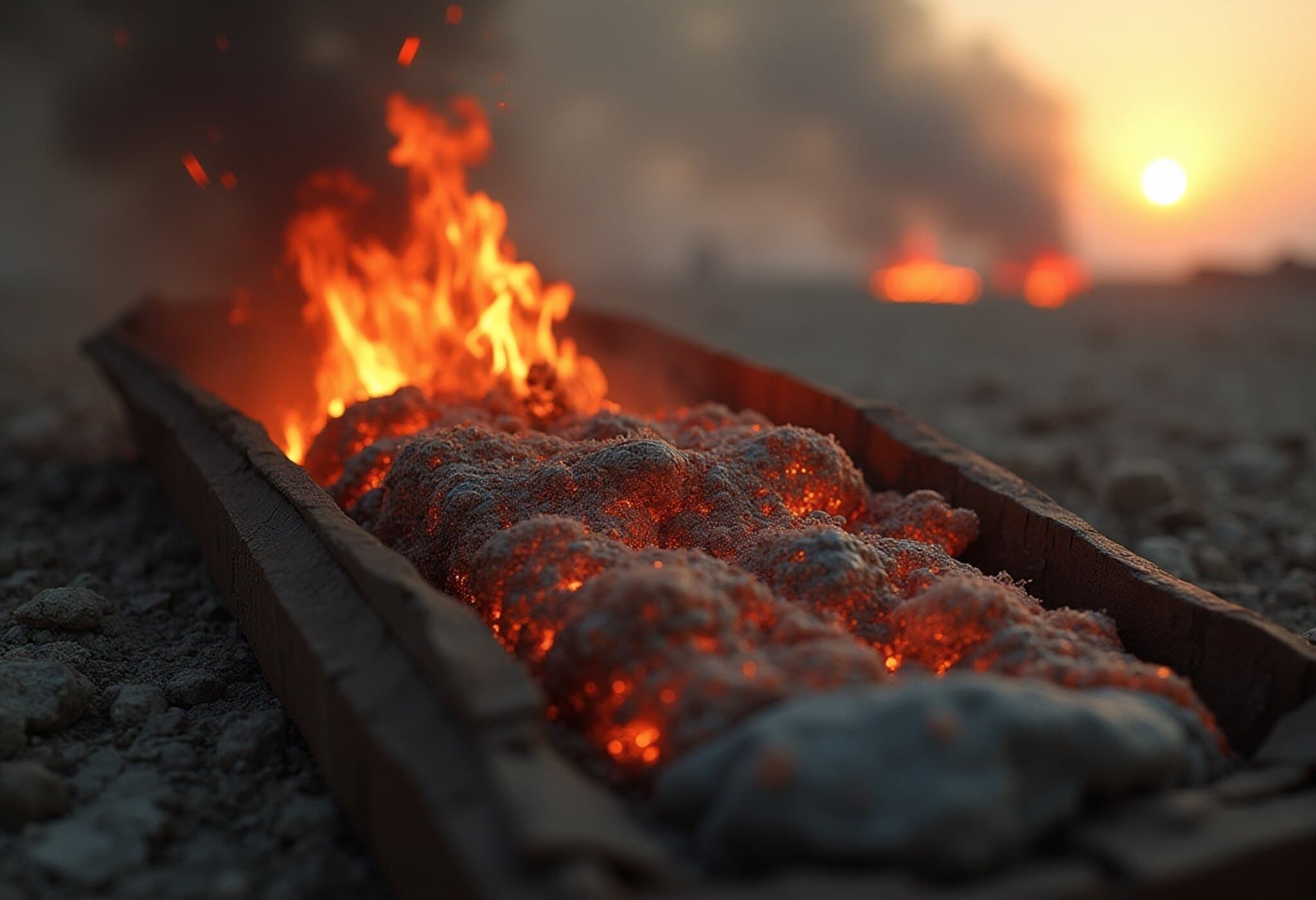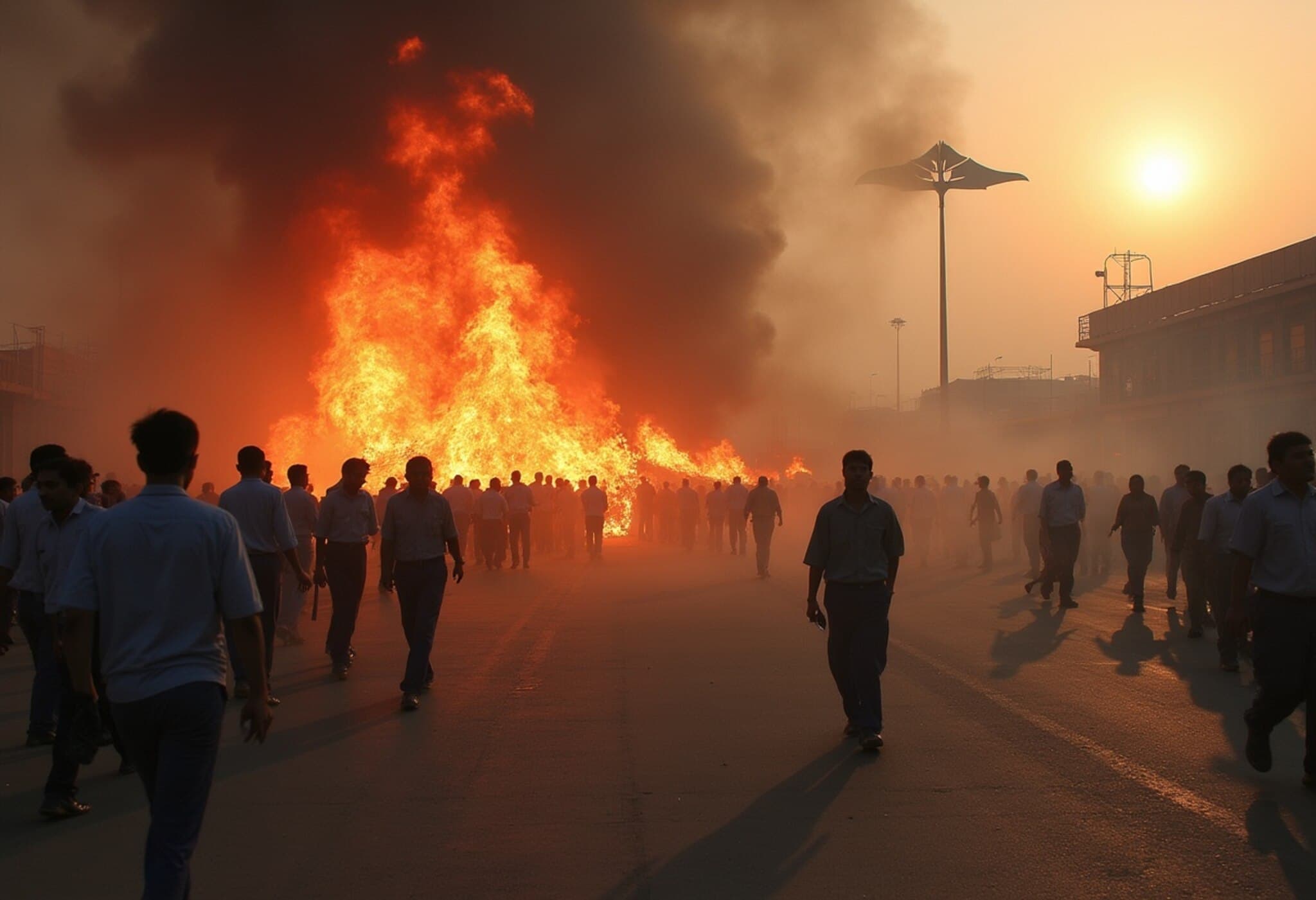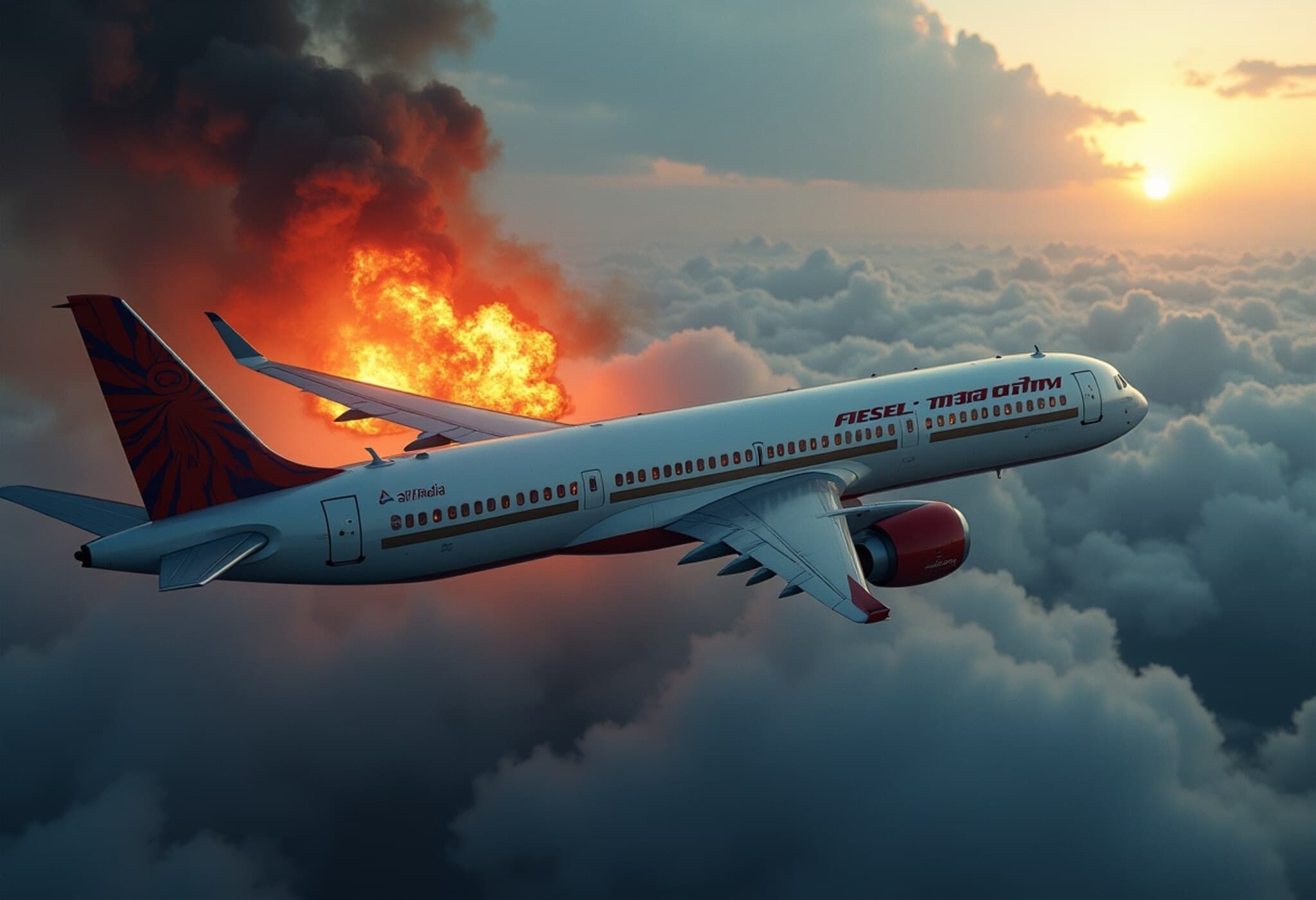Tragic Aftermath: British Families Receive Misidentified Remains in Air India Crash
In the devastating wake of the Air India Flight 171 crash near Ahmedabad, the anguish for British families of victims has been compounded by disturbing errors in the identification and repatriation of remains. Recent revelations disclose that some families received incorrect bodies, with multiple victims’ fragments mistakenly combined in single coffins. These mistakes, uncovered through meticulous DNA verification, have forced funeral cancellations and left families grappling with fresh uncertainty and grief.
The Incident and Its Emotional Toll
On what should have been a routine journey from Ahmedabad to London Gatwick, Flight 171 tragically crashed seconds after takeoff, claiming 261 lives, including 52 British nationals. The crash’s immense intensity, with temperatures surging to around 1500°C, resulted in severely charred and fragmented remains, challenging recovery efforts and identification procedures.
Dr. Fiona Wilcox, a coroner from inner west London, has been instrumental in DNA cross-checking to establish victim identities accurately. It was during her investigations that discrepancies emerged, revealing that some families were inadvertently given the wrong remains. One family, for example, learned only after receiving the body that it was not their loved one, leading to the painful cancellation of their funeral plans. Another case involved “commingled” remains of multiple victims being placed together, later requiring forensic separation before a proper service could proceed.
The Complex Process of Identification and Repatriation
Identification efforts were extraordinary in scope, involving nearly 40 officials from Gujarat’s forensic and medical institutions. Experts from the Directorate of Forensic Science and the National Forensic Sciences University coordinated with over 50 specialists in diverse fields such as forensic medicine, microbiology, and pathology. At BJ Medical College, teams performed rigorous DNA testing and blood sample collection amid challenging conditions.
Given the severe damage to bodies caused by the crash impact and heat, some remains were recovered only as fragmented pieces or within plastic containers instead of traditional coffins. Dental records, alongside DNA, became crucial in the painstaking identification process.
Demand for Transparency and Support
Investigators including Healy-Pratt, tasked with unraveling the full circumstances surrounding the tragedy, emphasize the families’ urgent need for clear explanations regarding these errors. He highlighted the emotional turmoil faced by families who still do not have the remains of their loved ones, stating, "If it isn’t their relative in the casket, then who is it? This underscores the immense responsibility on authorities to prevent such distressing mistakes."
The mishandling of remains not only prolongs grief but also erodes trust in the systems responsible for post-disaster management and victim identification. For the British community and others affected, these errors underscore the importance of rigorous, transparent forensic protocols, especially in high-stakes international incidents where thousands of miles separate families from the tragedies.
Broader Implications and Lessons
- Forensic Challenges: The Air India crash exposes the immense difficulties forensic teams face in disasters with high-impact violence and fire, necessitating advanced identification technologies and international cooperation.
- Psychological Impact: Errors in victim identification risk deepening trauma, necessitating compassionate communication strategies and family counseling to accompany forensic processes.
- Policy and Accountability: This case raises critical questions about accountability frameworks and oversight mechanisms in cross-border disaster victim identification and repatriation procedures.
As aviation safety experts continue investigations into the root causes of the crash, the mishandling of remains must catalyze reforms in forensic disaster response and victim support systems globally.
Editor’s Note
The heartbreaking complications following the Air India Ahmedabad crash spotlight the intersection of grief, forensic science, and governmental responsibility. Beyond the technical challenges, the human cost is profound—families desperate for closure are met instead with uncertainty and distress. This case invites us to reflect on how disaster response frameworks can balance scientific rigor with empathetic communication, ensuring tragedies do not escalate into prolonged suffering. As investigations proceed, the hope is that lessons learned here will spur improved global standards for victim identification and care.



















